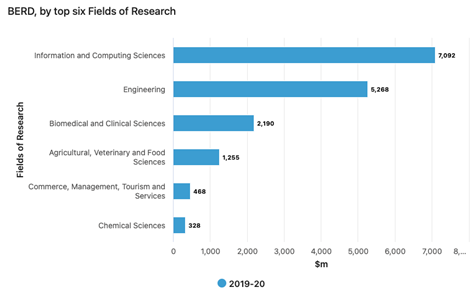Activity, or organisation? This is the most common thing people say when they learn that I have enterprise in my job title.
The simple answer is both, but there is more to it than that. And that more turns out to be the transformational play of universities if we only recognise it as such.
Enterprise is an undertaking, and an organisation engaged in an undertaking. It is easy to think of bold, future facing activities when we think of undertakings, but that word ‘under’ is the kicker, the secret sauce. It means to promise, and while it is possible to promise things to yourself, a promise is between people.
This is enterprise’s double.
You can’t do enterprise on your own. It sounds so simple to say that, but reflecting the between, and the trust needed is where we need to be. Universities don’t do things for businesses, communities, and organisations, they do them with them.
This means unravelling some of the logic that places discovery before translation, research before education—or the other way around—some disciplines as useful and others as not and prototyping inside to take to the outside world. Frankly, all of those linear technological readiness diagrams aren’t the world we live in.
It also means tugging apart inside out research architecture and reflecting trust and partnership in what say and what we show.
This is the journey the University of South Australia has been on for decades, and it is about to undertake another bold turn.
After two and a half years of work, we have a single partnership structure that plays out in platforms, capital, and our greatest quality, our people.
We are proud to launch a single Customer Relationship Management system for more than 6,500 partners. Importantly, this includes our placement, work integrated learning, and research and innovation partners. This matters, for partnerships often begin with businesses, organisations and communities wishing to develop and to recruit students. Research partnerships grow from the trust we broker in those connections, and from innovative graduates who can see opportunities for firms and communities. Add in that we are number four in Australia for the development of CEOs, and you can see the opportunity for grassroots economic transformation across firms and organisations of all sizes.
And we are proud to reveal a partnership structure by sectors, and by services. This is not top-down corporatisation, but fundamentally empowering for our partners, as well as for our disciplines. It recognises that when we talk of the 19% growth in R&D expenditure in information and computing sciences in 2019–2020 documented by the ABS, for example, we aren’t talking about a discipline, a department or school, or faculty. We are talking about an activity that can potentially bring all parts of a university and a community to the table. And bringing them to the table we are.

This one team, one community, view of research and enterprise is needed to shift Australia’s economy at scale. I will talk about this approach to team and to leadership in my next blog, but for the moment I want to make the simple point that neither business partners, nor our team, see graphs detailing business expenditure on R&D such as the above as favouring some disciplines at the expense of all others.
It is true that some areas need more funding volume terms to achieve their goals, and they achieve greater impact by volume. Normalise income and impact, though, and you see a very different story. More importantly, track the markets and changes in business and practices and you see another, and the most important story. It is the simple point that enterprise is by addressable market: no point inventing something if there is not someone to engage with it. And that someone may have very different skills and experiences to you. Realistically, you are going to need a chain, band or cluster of skills to land a change.
It is easy to make the category mistake and to read fields of research as disciplines and as university structures, as the two-speed investment economy resulting from the Excellence in Research for Australia shows. That’s a double we don’t want if we are to undertake with our communities the enterprise needed to strengthen Australia’s place in the world.
Agnostic of what my title is, or my disciplinary background, the double we do need is partnership because that’s where success lies.
Professor Marnie Hughes-Warrington AO is the strategic and operational leader across research activities at the University of South Australia. Her role is to design and deliver approaches that help staff and research students alike to engage with industry, government and community to deliver novel and transformational solutions to problems, and to change the ways that we think about the world.




